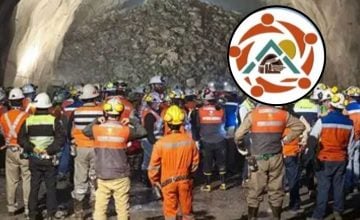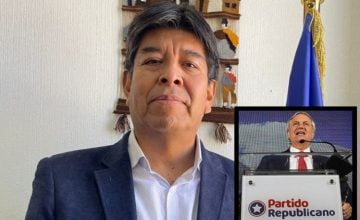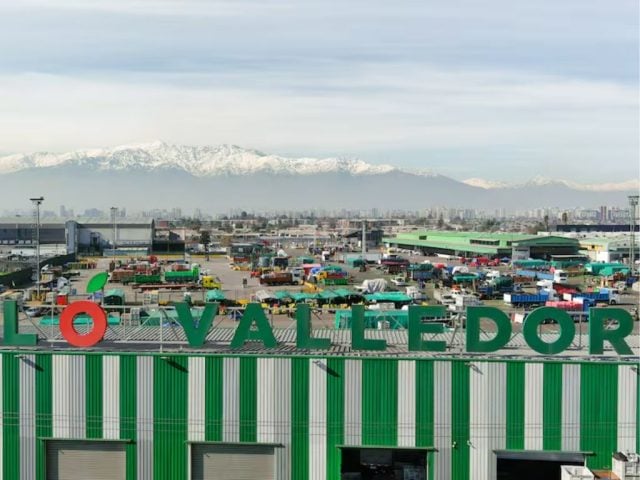Original article: EE.UU. declara mineral crítico al cobre: Chile queda al centro del tablero global
U.S. Designates Copper as Critical Mineral: Chile Takes Center Stage in Global Supply Chain
The United States has officially classified copper as a critical mineral on its 2025 essential minerals list for economic and defense security. This designation positions Chile, a world leader in copper production, at the heart of the global supply chain, increasing demand while intensifying pressures for responsible sourcing and new negotiations across the value chain.
According to a notice from the Department of the Interior/USGS, critical minerals are crucial for national security, economic stability, and the resilience of supply chains. This list guides strategies to ensure a stable supply and is updated periodically. Starting in 2025, copper joins a prioritized group of 60 minerals.
For the Chilean economy, this shift could result in increased long-term purchasing agreements, nearshoring aspects of the supply chain, green financing, and a boost in value-added technologies; it will also mean stricter requirements for traceability, environmental and social compliance (ESG), and tighter timelines for permitting.
Market Price and Fundamentals: Copper at $4.86/lb (November 6)
As of November 6, copper is priced at $4.86 per pound. Recently, the metal peaked at $5.02/lb on the London Metal Exchange—a historic milestone—driven by expectations of a U.S.-China trade agreement, a weakened dollar, and a tight supply due to disruptions in major mines (Grasberg, Collahuasi, operations of Anglo American and Glencore), along with LME inventories around 135,000 tons and Chinese smelters that again did not set TC/RC for Q4, indicating a shortage of concentrates, as reported by the Chilean Copper Commission in its report for the week of October 27-30, 2025.
The structural balance is also tightening: projections from the ICSG indicate a deficit of about 150,000 tons for the coming year, consistent with the demand pressures from electric vehicles, data centers, and power grids.

Why the U.S. Rates Copper as Critical
Copper is pure infrastructure: electrical grids, transmission, transport electrification, storage, and advanced manufacturing. For Washington, reducing import dependency and securing strategic supplies is as critical as industrial policy. By declaring copper as critical, the U.S. activates policy levers to ensure supply, diversify suppliers, and mitigate bottlenecks.
Implications for Chile (Opportunities and Pressures)
- Demand and long-term contracts: U.S. buyers may prioritize suppliers with regulatory stability and a low footprint.
- Traceability and ESG: the designation “critical” raises the bar on responsible sourcing, water use, community relationships, and carbon footprint.
- Value addition and linkages: opportunity for cathodes with a lower footprint, semi-finished products, and technological services tied to mining.
- Regional/global competition: increased U.S. focus could intensify competition with other producers, influence price premiums, and accelerate standards.
- Permitting and social licenses: will require faster and better-dialogued projects with communities and territories.
Risks and Management Strategies
- Price volatility: rising copper prices could heighten sensitivity to shocks.
- Regulatory “Greenflation”: new demands may increase costs if not planned properly.
- Logistical bottlenecks: ports, energy, and water must anticipate volume increases and standards.
What’s Next
The 2025 list is dynamically reviewed periodically. For Chile, it opens a diplomatic and technical window to elevate standards, not merely to expedite extraction: synchronizing efforts between Codelco, Enami, Cochilco, communities, and academia; strengthening origin and footprint certifications; and conditioning any investments to climate, water, and binding participation standards (including consultation with indigenous peoples). In summary, when the U.S. designates copper as critical, Chile shifts from being a relevant supplier to a pivotal player under increased scrutiny: opportunities will arise only if socio-environmental justice is upheld; otherwise, reputational costs will rise.











